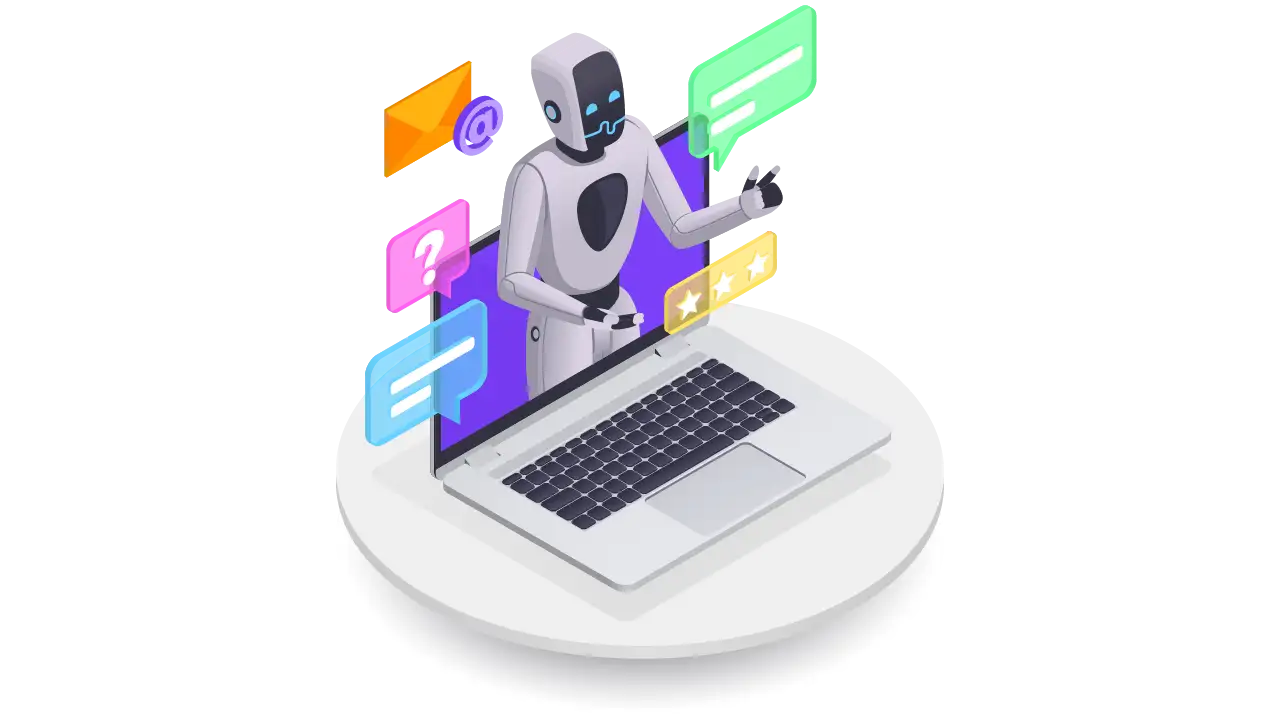


In a world where employee experience is becoming just as vital as customer experience, organizations are realizing the power of timely, accurate, and empathetic support for their internal workforce. For our 12,000-employee organization, addressing employee queries effectively—across HR, payroll, benefits, IT, and facilities—was a growing challenge. Long resolution times, inconsistent responses, and rising ticket volumes were beginning to impact both employee morale and operational efficiency.
This article explores how we implemented an AI-driven ticket management system, the key components of this transformation, and the measurable outcomes we achieved. It’s a story of automation, data, empathy-and ultimately, impact.
Our legacy ticketing system, though functional, lacked the intelligence and scalability needed to keep up with rising employee expectations and complex query types. Peak times—like open enrollment periods or performance review cycles—would overwhelm support teams. Employee feedback revealed growing frustration with long wait times, unclear responses, and repeat interactions for the same issues.
Our goals were clear:
We deployed a modern ticket management system powered by AI, designed not just to manage volume but to understand context, predict behavior, and enable proactive support. Here’s how we did it:
The system uses machine learning to auto-classify and route tickets based on content, urgency, and past resolution patterns. For example:
This automation alone cut down triage time by nearly 30%, enabling faster assignment and action.
The real breakthrough came from the AI's sentiment analysis engine, which evaluates the tone and language in every ticket interaction. Words like “unacceptable,” “frustrated,” or “angry” triggered alerts, flagging tickets as “Red.” These were automatically escalated to Subject Matter Experts (SMEs) or Team Leads before they became formal complaints.
This resulted in a 40% reduction in escalations and helped turn frustrated employees into satisfied ones—often within hours.
Using historical ticket data, the AI predicted future ticket volumes based on time of year, department events, or policy rollouts. For example:
We realigned staffing accordingly, increasing agent availability by 20% during high-volume periods, and implemented staggered shifts based on time-of-day heatmaps. This reduced average wait times by 15%.
We built a suite of live dashboards and reports across seven key dimensions to ensure continuous improvement:
Impact: Load balancing improved agent utilization and ensured better SLA compliance.
We built a suite of live dashboards and reports across seven key dimensions to ensure continuous improvement:
Impact: Preventative action replaced reactive escalation, improving overall CSAT.
We tracked metrics like:
Impact: Interventions were no longer guesswork—they were backed by data and purpose.
While the AI handled routing, prediction, and insights, the human touch remained critical.
Each agent received a performance dashboard:
Motivation through visibility led to healthy competition and targeted learning.
We also captured what the agents had to say:
By closing the feedback loop, agents felt heard, supported, and part of the system’s evolution.
We analyzed query patterns by department and individual employee. For example:
Instead of waiting for more tickets, we proactively reached out with:
Outcome: Fewer repeat queries and stronger trust between HR and employees.
This transformation was more than a tech upgrade—it was a mindset shift powered by insight. Here’s a snapshot of what we achieved:
| Metric | Improvement |
|---|---|
| Average Resolution Time | ⬇️ 20% |
| First-Contact Resolution | ⬆️ 25% |
| CSAT Score | ⬆️ 15% |
| Escalations | ⬇️ 40% |
| SME Time on Escalations | ⬇️ 50% |
| Agent Motivation & Performance Visibility | ✅ |
| Proactive Interventions | ✅ |
| Data-Driven Decision Making | ✅ |
This transformation taught us that employee support can no longer be reactive, manual, or siloed. With AI, we created a system that listens, learns, and acts-with empathy and precision.
We didn’t just resolve queries—we resolved friction, frustration, and fragmentation.
As we continue to enhance the system with natural language bots, voice support, and multilingual capabilities, we’re confident that the employee experience will keep getting better-with every ticket, every insight, and every interaction.
If your organization is looking to elevate its employee support model, consider this: AI isn’t here to replace your people-it’s here to empower them.

Organizations operating in distributed, high-volume, or high-variability environments, such as HR shared services...

As the digital landscape evolves, data-powered organizations are gaining a competitive edge. Data has become the new currency...

The world of work is evolving at an unprecedented pace, and outplacement and workforce transition consulting...

The workplace is rapidly evolving at an unprecedented pace. As organizations navigate a landscape increasingly influenced by artificial intelligence...

Artificial Intelligence (AI) isn’t just some sci-fi fantasy anymore—it’s really changing the way companies work today...

In today’s fast-paced business world, People Analytics is reshaping the way organizations attract, engage, and retain talent...